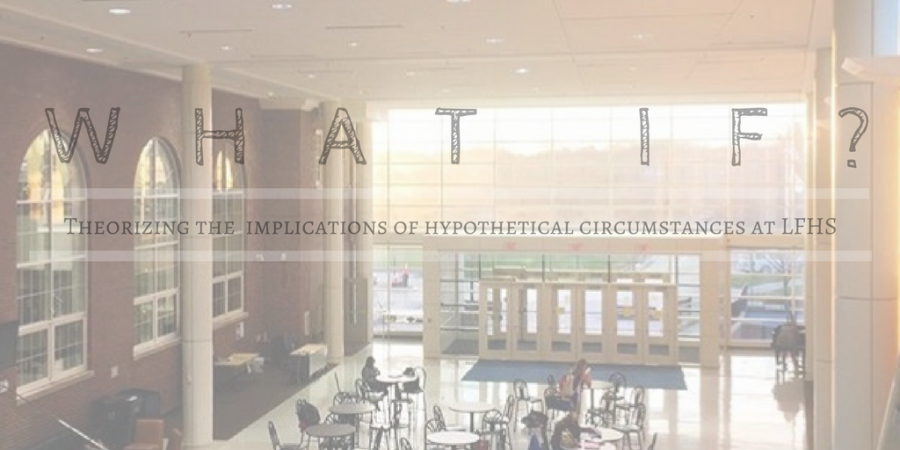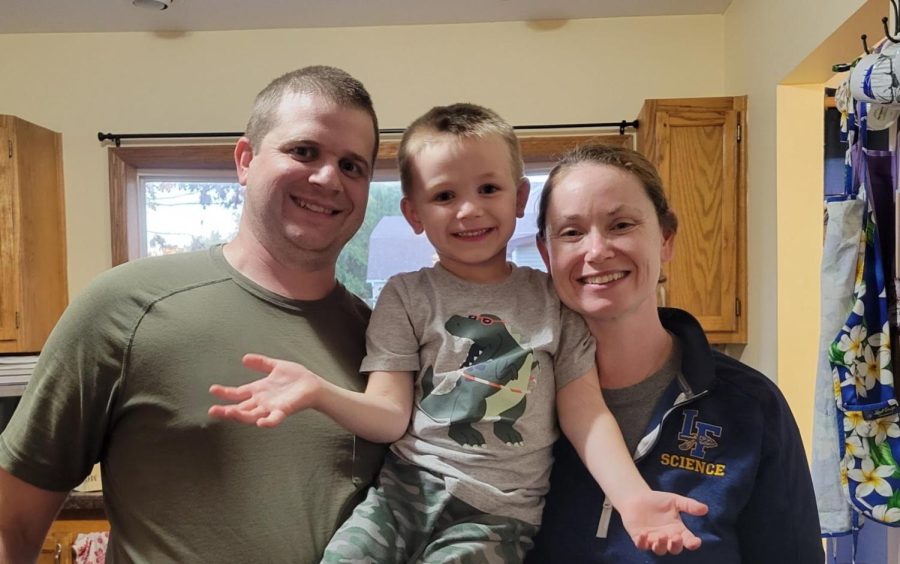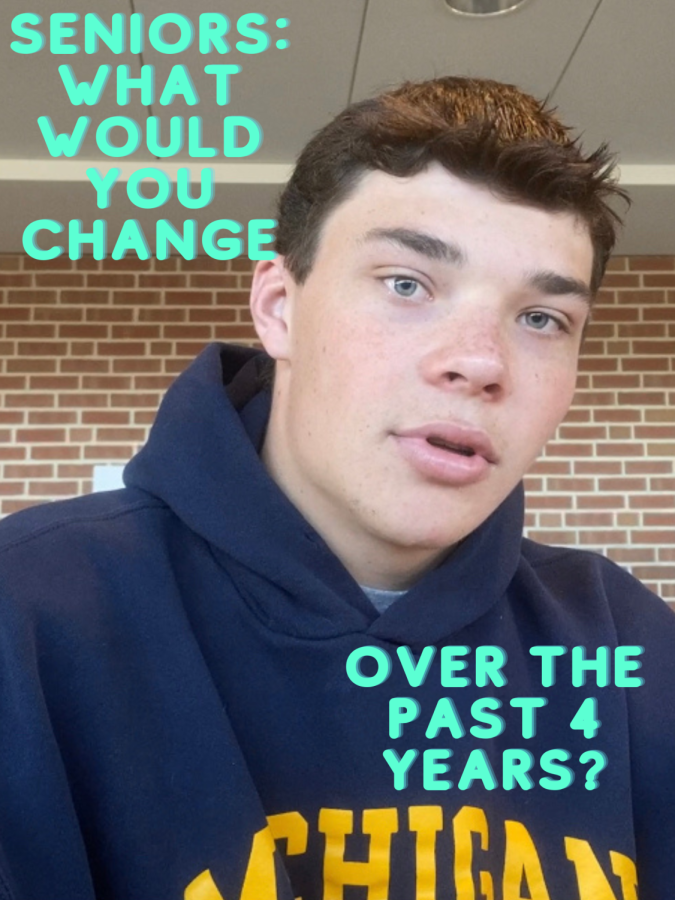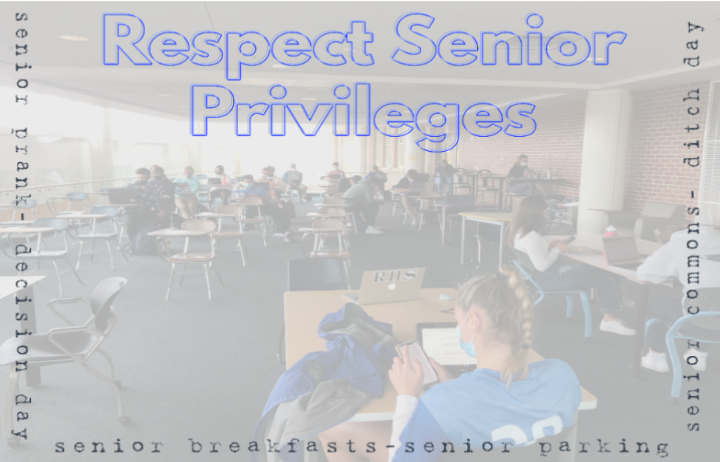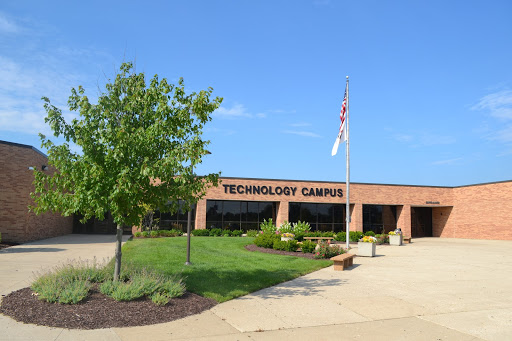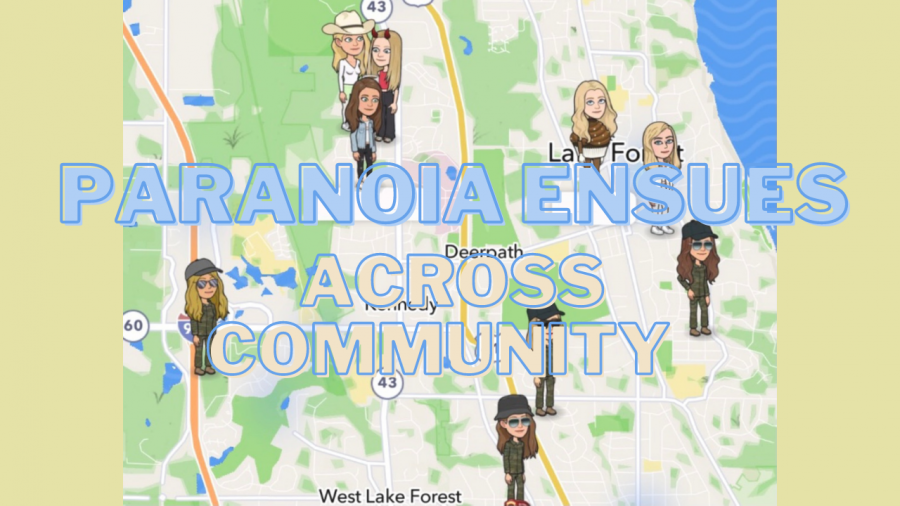In a new feature segment, “What If,” senior Editor-in-Chief Grace Scheidler theorizes the possible implications certain situations or circumstances could have on Lake Forest High School students.
It’s no secret that we here at The Forest Scout love to celebrate what we wear. We have an In Style section of the magazine, regular columns showcasing the best dressed at LFHS, and much of our staff is dedicated to bringing high fashion trends to the high school level. It’s a way for someone to wear their individuality on their sleeve, and many people take great pride in what they wear. Most of the time, our ability to distinguish ourselves by what we wear is one of the things that makes this high school great.
On the flipside, it also can deepen divides and insecurities within the LFHS population. Many criticize Lake Forest for the high concentration of wealth and entitlement within the community, and what we wear only exacerbates the problem. While some sling Louis Vuitton’s over their shoulder to carry their notebooks and laptops, others feel self-conscious about their inability to “keep up” with the image. It’s not uncommon to spot Gucci and other luxury labels in the halls of LFHS, and some unassuming sneakers sported by some can cost hundreds of dollars and only form part of a much larger designer shoe collection.
It’s true that a decent percentage of high schoolers couldn’t care less about what they wear, and it’s also true that some feel clothing unnecessarily highlights economic inequalities among a student body. This is largely why many schools choose to have uniforms, and why they are increasing in popularity among public schools. In 2014, about 1 in 5 public schools had uniforms, compared to only 1 in 8 a decade earlier. In addition, 80% of Chicago public schools have adopted uniform policies. In addition, uniforms are much more common in other countries like the UK and Mexico because of the fact that they mask economic disparities within the student body. For cities with gang problems, uniforms have been a way to dissipate gang-related clothing ties.
Many argue that uniforms allow students to focus on what they are learning in the classroom, rather than how they look in that classroom. And while common complaints stem from wardrobe boredom and lack of expression, many also praise the simplicity they bring to a morning routine. Having attended a school with uniforms for nine years, I can definitely say that not having to think about what to wear that day was nice. An extra 15 minutes of sleep is more than first meets the eye. In talking to my brother, who also attended St. Mary’s, about the pros and cons of uniforms, he said simply, “I would wake up ten minutes before we had to leave for school and put on the same pair of pants as the day before. I didn’t even have to think about it. There wasn’t any pressure.” The only con was remembering to keep his shirt tucked in.
All in all, the effect that uniforms at Lake Forest would have is an interesting thought experiment. In such a self-centered culture that revolves around the way we look, uniforms could provide more freedom than we think.

